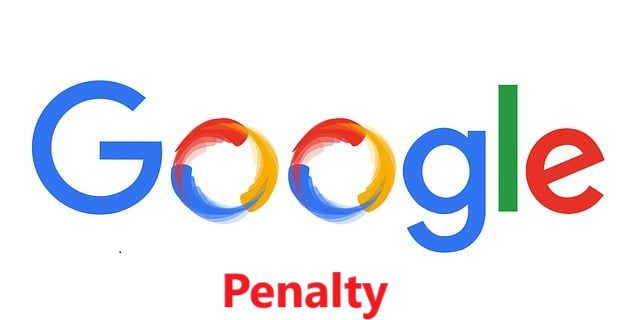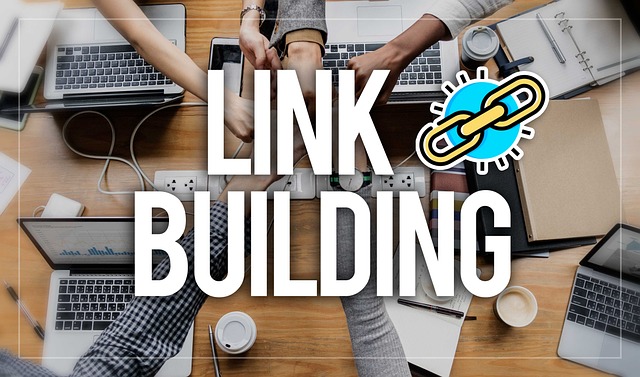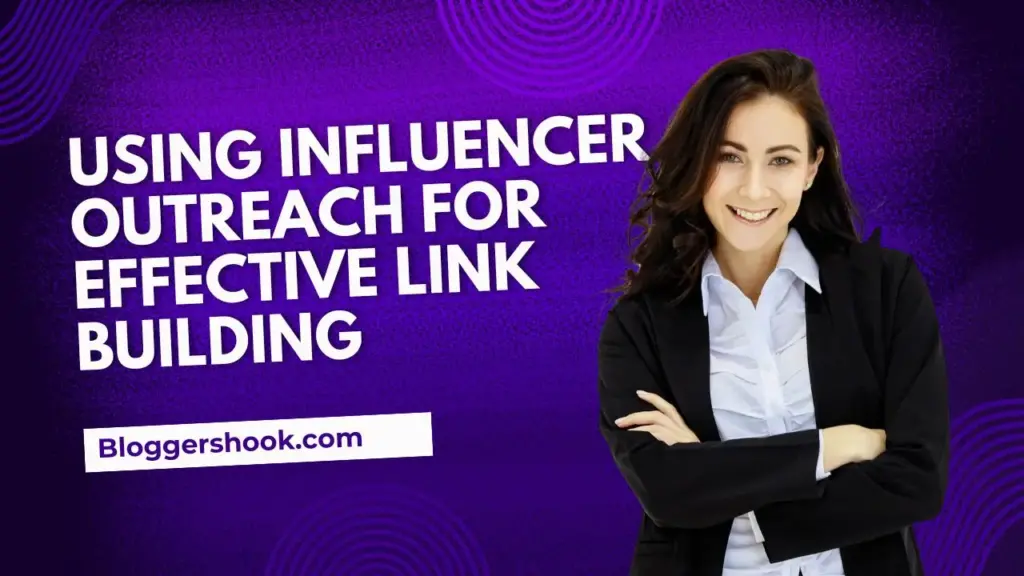Google penalties can be devastating for websites, especially when they result from bad backlinks. If your site’s rankings have suddenly dropped or you’ve received a manual action from Google, it’s essential to act quickly and methodically. This article will guide you how to recover from Google penalties due to bad links step by step.

Understanding Google Penalties
Before diving into recovery strategies, it’s crucial to understand the two types of Google penalties:
1. Manual Penalty
A manual penalty occurs when a Google employee manually reviews your site and determines it violates Google’s Webmaster Guidelines. You can check for this in Google Search Console under the “Manual Actions” tab.
2. Algorithmic Penalty
An algorithmic penalty happens automatically when Google updates its ranking algorithms (e.g., Google Penguin). Unlike manual penalties, these are not explicitly reported, but a sudden drop in rankings could indicate you’ve been affected.
Step-by-Step Recovery Process
Step 1: Identify the Penalty Type
First, determine whether your penalty is manual or algorithmic.
- If you see a message in Google Search Console about a manual action, it’s a manual penalty.
- If your rankings and organic traffic suddenly drop without a notification, it’s likely an algorithmic penalty.
Step 2: Conduct a Backlink Audit
Since bad backlinks are the main culprit behind penalties, conducting a thorough backlink audit is the next step.
How to Audit Your Backlinks
Use tools like:
✅ Google Search Console (Links report)
✅ Ahrefs (Backlink Profile)
✅ SEMrush (Backlink Analytics)
✅ Moz Link Explorer
Look for toxic backlinks, which include:
❌ Spammy directories
❌ PBNs (Private Blog Networks)
❌ Over-optimized anchor texts
❌ Low-quality or irrelevant sites
❌ Links from penalized or blacklisted domains
Step 3: Remove or Disavow Toxic Links
Once you’ve identified bad backlinks, take action:
1. Contact Webmasters for Link Removal
- Visit the linking website and look for a contact page.
- Politely request link removal.
- Keep track of your outreach attempts.
2. Use Google’s Disavow Tool
If you can’t remove bad links manually, disavow them through Google:
- Create a .txt file listing the links/domains you want to disavow.
- Upload it via Google’s Disavow Tool in the Search Console.
⚠️ Important: Disavowing should be a last resort! Use it only for harmful links that cannot be removed.
Step 4: Submit a Reconsideration Request (For Manual Penalties)
If your site was hit with a manual penalty, after cleaning up bad links, submit a Reconsideration Request to Google.
🔹 What to include:
✔ Acknowledgment of the penalty
✔ Steps you took to remove bad links
✔ Proof of outreach attempts
✔ Assurance of compliance with Google’s guidelines
Google typically takes a few weeks to review your request. If successful, they’ll lift the penalty, and rankings will recover gradually.

Step 5: Improve Your Link Building Strategy
To prevent future penalties, build a strong and Google-friendly backlink profile.
✅ Best Practices for Link Building
✔ Earn links naturally through high-quality content.
✔ Focus on relevant and authoritative websites.
✔ Use diverse and natural anchor texts.
✔ Avoid buying links or using PBNs.
✔ Engage in guest posting on reputable sites.
🚫 Bad Practices to Avoid
❌ Link exchanges or reciprocal linking
❌ Excessive use of exact-match anchor texts
❌ Mass directory submissions
❌ Spammy blog comments
Step 6: Monitor Your Backlink Profile Regularly
Perform regular backlink audits using tools like Ahrefs, SEMrush, and Google Search Console to identify any toxic links before they cause problems.
📌 Tip: Set up Google Alerts for your brand name to track mentions and new backlinks.
Step 7: Focus on High-Quality Content and SEO
While recovering from penalties, strengthen your on-site SEO:
✔ Publish high-quality, original content
✔ Optimize on-page SEO (title tags, meta descriptions, internal linking)
✔ Improve site speed and user experience
✔ Use structured data to enhance visibility
How Long Does Recovery Take?
The timeline varies depending on the severity of the penalty:
⏳ Manual Penalty: 2-6 weeks after submitting a reconsideration request
⏳ Algorithmic Penalty: Recovery depends on Google’s next update, usually weeks to months
Final Thoughts
Recovering from Google penalties due to bad links requires patience, diligence, and a structured approach. By auditing your backlink profile, removing harmful links, and adopting white-hat SEO strategies, you can restore your site’s rankings and safeguard it against future penalties. Consistently monitoring your backlinks and staying updated with SEO trends will help you maintain a strong and penalty-free online presence.
By following these steps, you can restore your rankings and ensure long-term success in Google search results. 🚀


